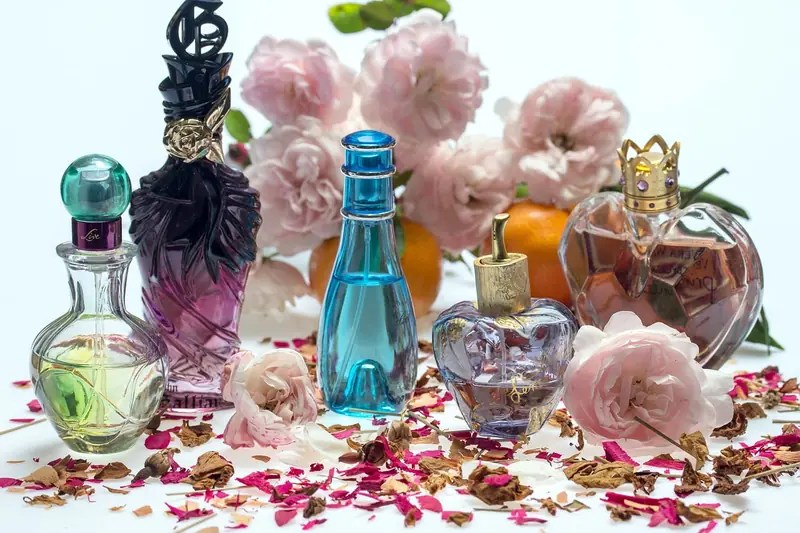
A perfumer, much like a composer, works with notes. However, while a creator of beautiful music can document their work in a score, fragrance makers are bound to keep their recipes for delightful combinations a secret. Thus, the fate of original aromatic compositions is to be born, unfold, and then evaporate. Once the bottle is empty, the fruit of the perfumer’s creativity is irretrievably lost. And that’s not the only magical effect it has. A scent creates our first impression, influences our mood, defines our emotional state, and even highlights our distinctive traits. So, what do we need to know about our fragrant companions? We’ll explore the history and types of perfumes, their benefits and drawbacks, application rules, how to check for authenticity, and how to choose the right fragrance, as well as how to make perfumes at home.
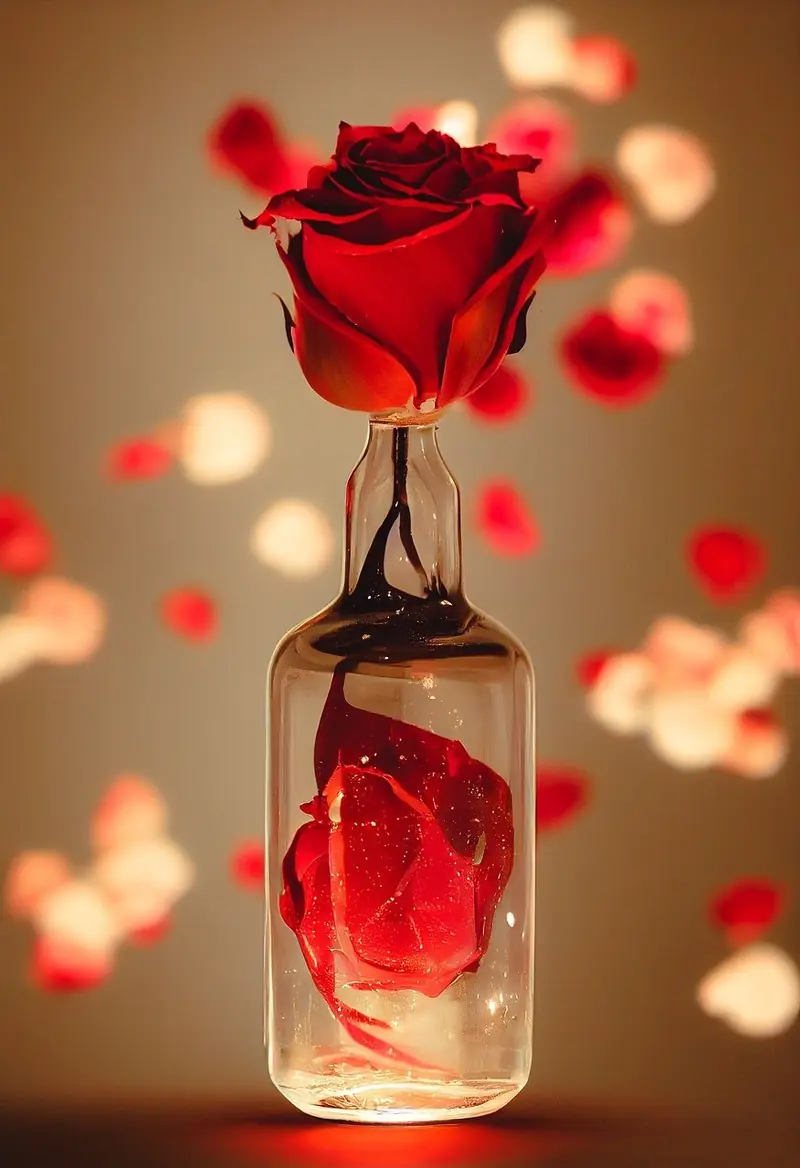
The History of Fragrance
The French word “parfumer” means “to fill with aroma” and comes from the word “fumer” (to smoke or to incense), indicating its initial connection to the aromatization of air, particularly in religious rituals. While France is considered the center of the perfume industry, the art of creating fragrances originated in ancient Mesopotamia and Egypt. In the second millennium B.C., the Mesopotamian perfumer Tapputi practiced multiple distillations of flowers and oil of calamus combined with other aromatic substances. Ancient Egyptian perfumers used flowers, herbs, resins from coniferous trees, and spices in their recipes. Early examples of perfumery materials included myrtle and coriander, almond and bergamot. The ancient Egyptians even had a god of fragrance named Dedun.
Aromatic oils are also mentioned in the Holy Scriptures. The oldest perfumes were discovered near Greece—in an ancient perfumery workshop in Pyrgos, where they were produced 4,000 years ago. The art of perfumery flourished in Ancient Rome and Persia (as we mentioned, modern scientists have managed to recreate the composition and scent of Julius Caesar’s fragrance). The Persian chemist and physician Avicenna created perfumes from rose materials, employing distillation techniques. However, Europeans only gained access to perfumery knowledge in the 14th century. Interestingly, the first perfume producers in Europe were not the French, but the Hungarians, who created “Hungarian water” for their queen Elizabeth in 1370. The recipes for perfumes made their way to France in the 16th century from Italy, brought by the personal perfumer of French Queen Catherine de’ Medici, René Florentin.
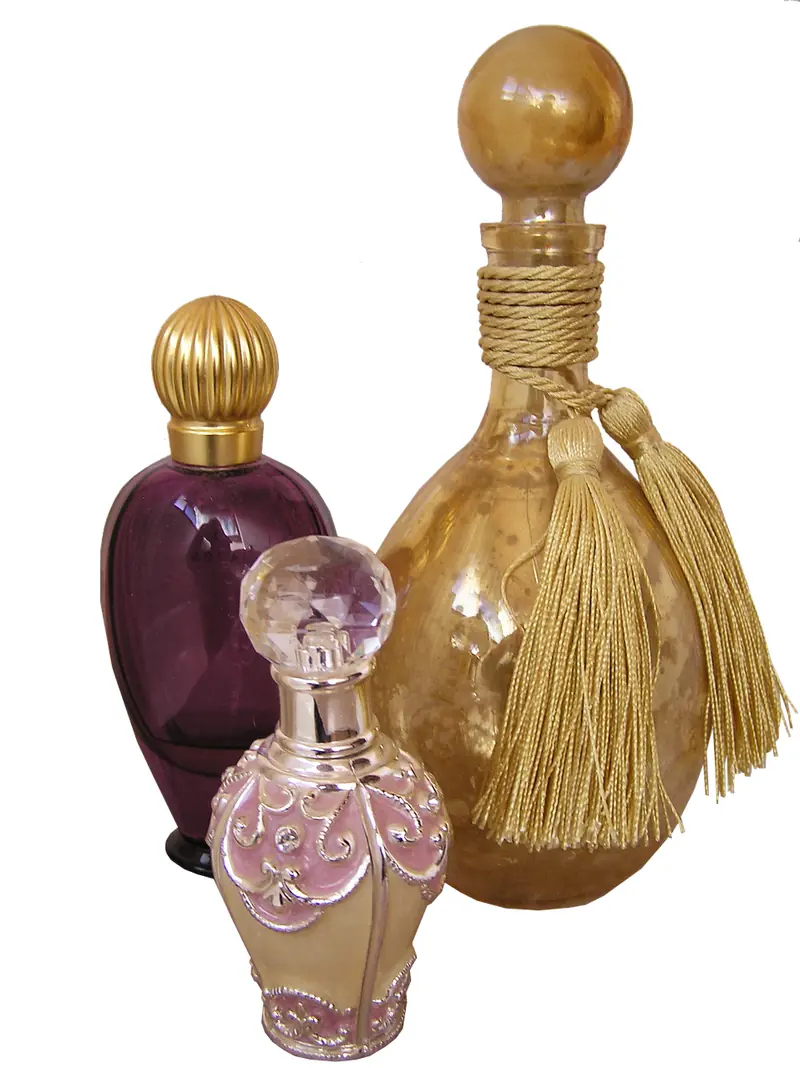
Worth Its Weight in Gold
France became the global center of perfumery thanks to the farmers of Provence. The endless lavender fields are the hallmark of the French Riviera. This southern region has specialized in growing plants used in the production of fragrant substances since the 16th century. Ironically, the center of delightful aromas became the once-smelly town of Grasse, known in the 12th century for its leather industry. The local residents were saved from the stench of leather goods by a favorable climate for growing perfumery raw materials. The outskirts of Grasse are famous for “deposits” of popular perfumery ingredients such as lavender, rose, jasmine, orange, and mimosa.
Eventually, the perfumery industry supplanted the leather industry, and this paradise between the Alps and the Côte d’Azur became a hub for perfume production. Here, fragrances are created for all the renowned couturiers of the world. It’s no surprise that celebrated brands like Chanel, Dior, Yves Saint Laurent, Lancôme, Chloe, Guerlain, and Thierry Mugler were born in France. Even foreign companies choose France as their production site, releasing their perfumery products in collaboration with leading experts in the field. After all, this is where the best “noses” in the world work—individuals with an acute sense of smell. The number of such experts in the industry does not exceed fifty, making their services incredibly valuable.
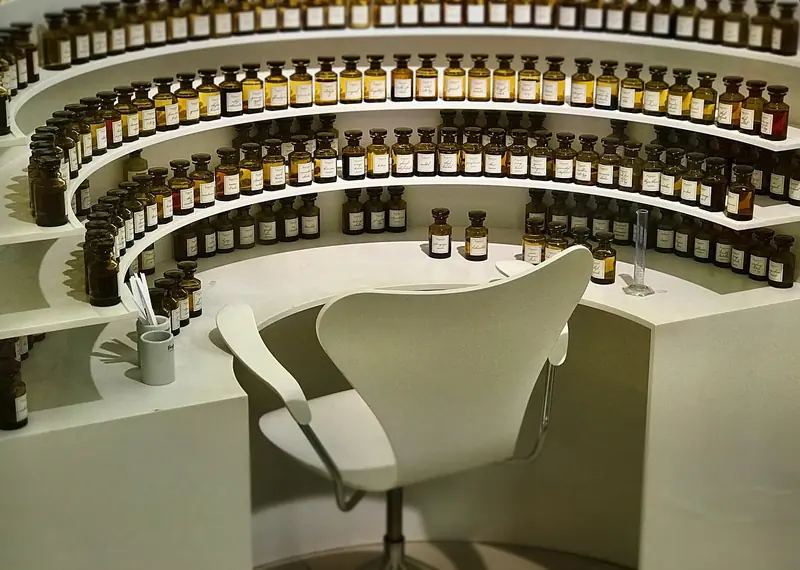
The Magic of Combinations
Interest in scents has a scientific basis. Researchers have precise insights into the benefits and harms of perfumes, with evidence that scents affect the brain and psyche. Some fragrances relieve stress and calm, while others stimulate, sharpen reactions, enhance attention, improve memory, boost mental activity, and increase productivity. Certain scents can counteract depression and improve emotional states in cases of mental disorders. These fragrant substances (notably the scent of vanilla) influence the levels of neurotransmitters dopamine and serotonin—hormones responsible for feelings of pleasure and reward.
Energy-boosting scents include citrus, marine, and green fragrances. For instance, the aroma of orange and lemon invigorates the nervous system, tones, enhances concentration, and increases resistance to colds. Rosemary, laurel, thuja, mint, eucalyptus, and basil help alleviate fatigue. In contrast, calming scents include geranium, rose, jasmine, fennel, juniper, lavender, chamomile, and sage. According to classical French classification, scents are divided into citrus, floral, woody, chypre, leather, oriental, and fougère. An expanded list also includes amber, animalic, musky, fruity, spicy, green, coniferous, balsamic, aquatic, marine, mineral, powdery, aromatic, gourmand, sweet, and aldehydic.
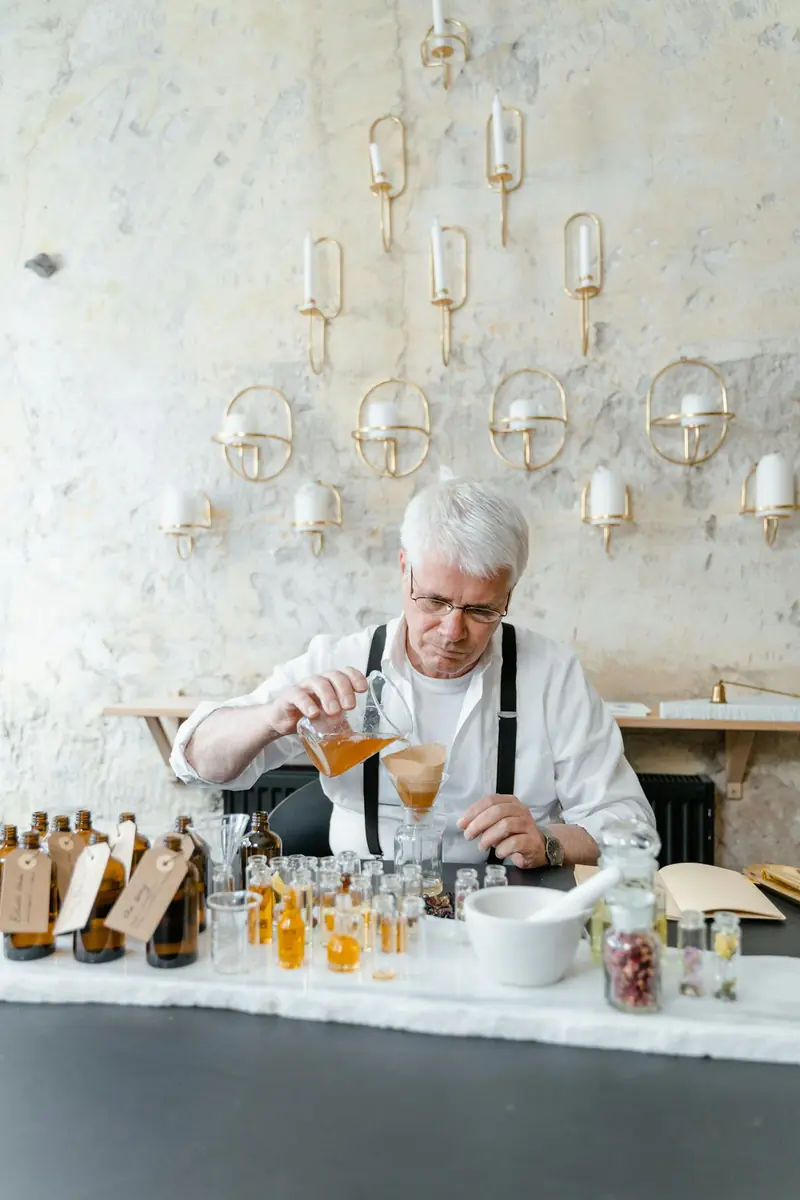
Types of Perfumes
Perfume products come in various consistencies: liquid (based on alcohol, aqueous-alcoholic, or oil), solid, powdery, and gaseous. Perfumes are extracts of fragrant substances (10-30%) with the longest-lasting effect, ranging from 5-10 hours (in French, parfum, extrait). A single composition can contain between 15 to 60 fragrant substances in various combinations. Over 300 natural and synthetic fragrant ingredients from plant, animal, and chemical sources are used to create perfumery compositions. Following this, the main group includes less stable aromas (in decreasing order): perfumed water or eau de parfum (10% fragrant substances, lasting 3-5 hours), toilet water or eau de toilette (4%, lasting 2-3 hours), cologne or eau de Cologne (1.5%), perfumed water or eau parfumée (1%), and toilet vinegar or vinaigre de toilette (up to 1%).
By gender, perfumery is divided into women’s, men’s, unisex, and children’s categories. In terms of market segmentation (from the cheapest to the most expensive), it includes budget mass-market, luxury (popular expensive), and niche (expensive and unusual scents). In liquid perfumery, oil solvents can include double rectified alcohol (high-purity ethanol), a mixture of ethanol and water, neutral oils (like coconut), or liquid wax (jojoba). Synthetic fragrant substances are artificially produced from natural plant-derived materials (for example, anise or coriander oil). This technology allows for the creation of imaginative scents that do not exist in nature. The most expensive component of perfumes is animal-derived raw materials, which fix the scents, making them long-lasting. The presence or absence of this element in the composition determines the quality of the perfumes.
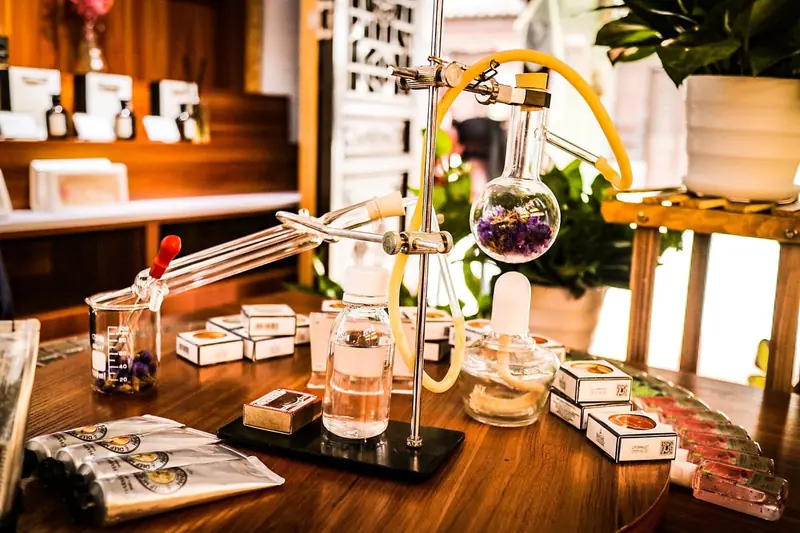
Three Notes
Perfume compositions are structured based on a triadic principle, featuring what is known as the “top note,” “heart note,” and “base note.” Over time, these notes change, altering the character of the scent—this is referred to as the “unfolding” of the fragrance. The “top note” is called the “head” of the fragrance. It manifests immediately after the perfume is applied and lasts in its initial state for about 10 minutes. This scent consists of perfumery materials that evaporate quickly (for example, herbal or citrus notes). After about half an hour, the “heart note” emerges, which “resonates” longer—several hours. It consists of materials that evaporate more slowly and forms the foundation of the scent’s character. Only after 12 hours does the “base note” come into play, often referred to as the “sillage” of the fragrance. This “residual trace” will not change: in this form, the scent bids farewell to us as it fades away. The base note of a perfume is determined by substances with the slowest evaporation rates—they can linger for months or even years.
It’s great if a lasting scent appeals to you, but sometimes a fragrance can provoke resistance or individual intolerance. Knowing how to choose perfumes is crucial—it can affect your well-being. To avoid making a mistake in your purchase, consider the concentration of the perfume, don’t be swayed by advertising, and always test a sample, as the same scent can smell different on different people. This is due to unique biochemical characteristics, natural skin scent, and other traits that are as unique as fingerprints. Unfamiliar and untested fragrances should not be purchased blindly, influenced by external reviews or advice. Your own feelings and associations with the scent are more important than the magic of the brand. The right perfume can uplift and boost your confidence. However, if the fragrance doesn’t match your character, age, or mood, wearing it will be uncomfortable.
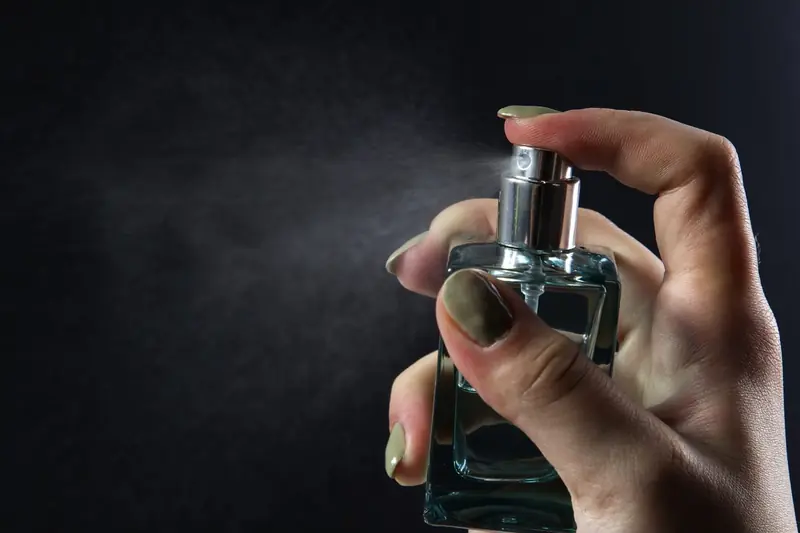
How to Choose Perfumes
The rules of tasting dictate that you should select perfumes in the morning when your sense of smell is not overwhelmed by surrounding scents. Avoid wearing perfumes on that day, don’t rush to apply different scents on blotters, and don’t spray samples on your body. You can only “try on” favorites that make it to the final round. Depending on age or style, you can choose cool or warm scents, fresh or rich, floral-herbaceous or sweet, bold or delicate. For male smokers, perfumers recommend scents with notes of tobacco and leather—they will be organic to their image and serve as a unique accessory. You cannot “rush” the scent, trying to hasten its unfolding. This is especially true for elite perfumery. Due to friction, the alcohol spot will evaporate more slowly, and the scent will be distorted. Once you recognize the play of notes, don’t rush to buy your found perfumery ideal: step out of the store, “walk” the scent for half an hour, and see how it unfolds.
It’s even better to spend a day with the scent, spraying it on your neck and collarbones. When selecting, it’s important to know how to apply perfumes correctly: the scent’s longevity will be enhanced by applying it to the skin near the jugular vein, on the wrist, and shoulders—areas where pulsating blood vessels are close to the skin. On damp skin, the scent will express itself more vividly and last longer. Perfumes can only be sprayed on clothing from the inside out—not only to avoid stains but also because musky perfumes can “fade” quickly (this is necessary for their protection). If the scent feels overwhelming, don’t expect to get used to it. This is a sign that the composition is irritating, causing allergies, and provoking vascular spasms. The nose may block overly expressive perfumery notes to avoid overwhelming the brain. You can reduce the intensity of the scent by applying it between the shoulder blades on your back.
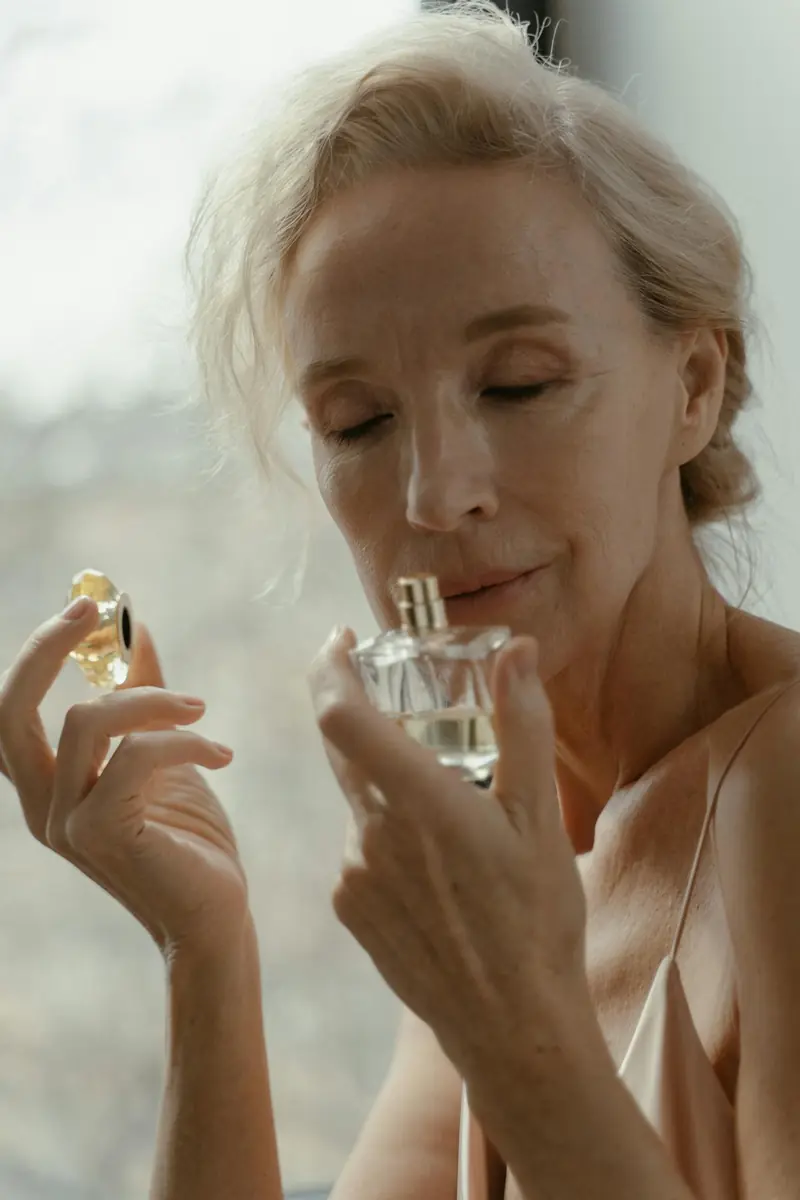
The Perfume Wardrobe
The season and weather influence the scent’s projection. In summer, notes sound “louder” and dissipate faster. In colder weather, scents unfold more slowly, allowing for the use of deep and complex fragrances that are unsuitable for summer. It’s better to have perfumes for different seasons in your arsenal—this variety is referred to as a “perfume wardrobe.” It should include scents for everyday wear and special occasions, for different moods, weather, and seasons. Understanding your skin type and pH level will help you determine which fragrances will complement your own chemistry. For example, oily and dark skin usually pairs well with sweet and heavy oriental scents, as well as spicy, musky, floral, balsamic, and leather notes.
Perfumes should not be applied to the thyroid or sweating areas (like the armpits): this can provoke hyperthyroidism, and the overall effect won’t be pleasant. The correct application areas for perfumes are the neck, décolletage, cheekbones, behind the earlobes, wrists, and the bends of elbows and knees. You shouldn’t shake the bottle excessively—this can spoil the perfume by disrupting the delicate chemical bonds between molecules in complex scents. A sign of unsuitable perfumes is the feeling of an alien scent on yourself. You should stop using perfumes that make you sneeze, cough, or feel irritated.

How to Check Perfume Authenticity
You can detect a counterfeit even with a careful inspection. The quality of the box and bottle is the “face” of the product. An original cardboard box is tightly wrapped in cellophane, with no bulges, creases, or wrinkles. The seam should be perfectly straight and thin. Irregularities, a wide seam on the polyethylene (over 5 mm), and traces of glue indicate a counterfeit. Perfumes should be free of glue marks around the neck of the sprayer, which should press easily and quietly. The bottle of original perfumes is usually heavier than that of a counterfeit. It should be free of rough edges and defects. Additionally, original perfumes come with a batch code—a cipher containing information about the product made up of letters, numbers, or combinations thereof. Manufacturers apply a special mark through embossing, engraving, or dot printing on the packaging, special sticker, or bottle.
The batch code can be found on the bottom or side of the box and bottle. It is usually placed next to the barcode. While the barcode contains information about the country of manufacture (seller) and product characteristics, the batch code allows you to determine authenticity, production date, and expiration date of the perfume. You can decode the batch cipher using online services: http://www.checkfresh.com; http://checkcosmetic.net; http://makeup-review.com.ua/decoder.php; https://cosmetic.momoko.hk. Enter the code characters in the appropriate field (for example, perfumes from Christian Dior are marked with the code Y0806) and activate the “Check”/”Decode” command. The program will immediately find information about the product. If the online service cannot recognize the batch code, the authenticity of the perfumes may be in doubt. However, the absence of a batch code is not always a sign of a counterfeit. Such labeling is typical for premium products.
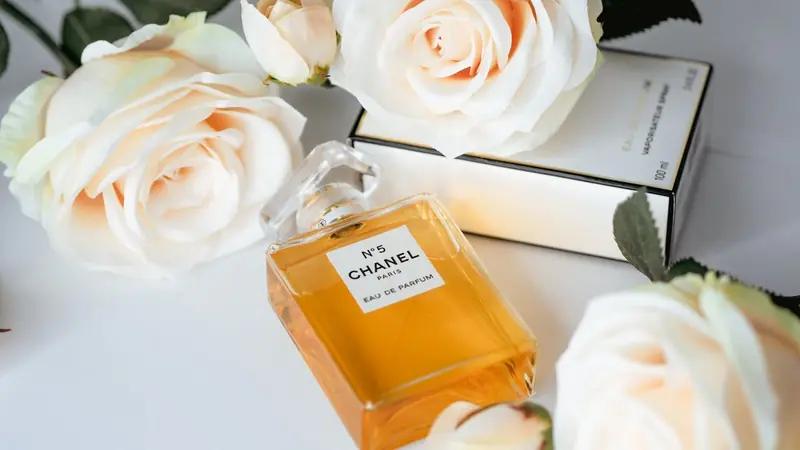
The Harm of Perfumes
In severe cases, pleasant scents can cause trouble: sudden fatigue, difficulty breathing, runny nose, inflammation of mucous membranes, or nausea. Perfumes can be toxic, and this applies not only to counterfeits. Perfumes and toilet waters also have shelf lives: unopened bottles can be stored for 3 to 20 years, while opened ones should not last longer than 2 years. Many synthetic chemicals in fragrances are derived from petroleum and are harmful to human health. The chemicals in fragrances contain phthalates, which are harmful to the endocrine system, as well as carcinogens like styrene and benzophenone, which can cause not only allergies and asthma but also nervous system disorders, congenital defects, and cancer.
In the “black” list of allergens approved by the European Scientific Committee on Cosmetic Products, even 16 natural substances that have been used by perfumers for centuries as a base for fragrant products—such as extracts of lavender, lemon, or rose—are included. Overall, due to potential allergic reactions, 26 substances from the traditional composition of perfumes and toilet waters have been banned in the European Union. This is not the only directive that has angered French perfumers. When perfume manufacturers were required to disclose proprietary secrets by listing all scent components on product packaging, it was seen as a threat to the perfumery industry. The French Society of Perfumers expressed concern that 75% of perfumes would disappear from the market, as they all contain lavender oil. The ban on allergenic components and the requirement to disclose secret ingredients were labeled as an “attack on the industry.”
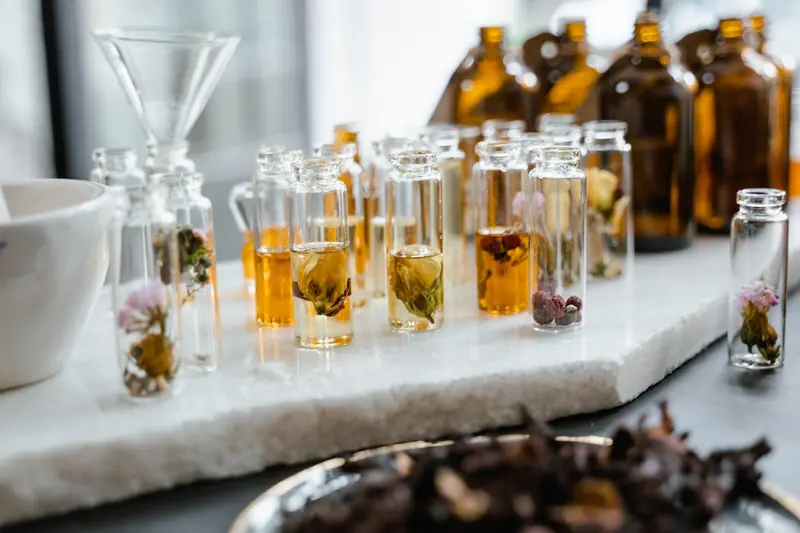
Safety Guarantee
In an effort to challenge the legislative changes of the European Parliament in court, perfumers sought to prove that over 90% of French perfumes are not harmful, as they have undergone mandatory safety testing for four decades. Perfumers believe that only the creators of scents should know the composition of fragrances, as it is their main secret; moreover, the list of ingredients would serve as a guide for counterfeiters. This led to certain countries banning the use of strong scents in public places and workplaces. While well-known brands monitor the quality of components in their products, counterfeiters use cheap stabilizers that are toxic. It’s essential to always check for certificates from verified regulatory organizations that confirm the safety of fragrant substances, ensuring they do not contain harmful chemicals when purchasing perfumes.
Additionally, pay attention to the list of components: a “pure” fragrance will not contain parabens or phthalates at all. You can be confident in their absence when you make perfumes with your own hands. Here are a few recipes for various tastes.
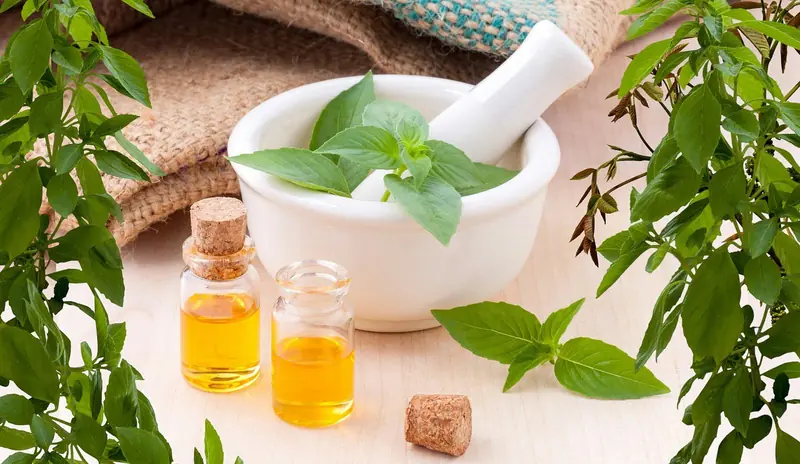
Tropical Heat
Mix 3 tablespoons of orange zest, 2 tablespoons of orange blossom water, 1½ tablespoons of cloves, 2 tablespoons of cinnamon, 4 bay leaves, 2 tablespoons of rum, and 1 shot of vodka in a glass container. Let it steep for a week (shaking occasionally), strain, and add essential oils: 30 drops of orange oil, 3 drops of orange blossom oil, and 4 drops of lavender. Let it steep again for two weeks in a dark place. Store the bottle of refreshing toilet water in the refrigerator.
Starry Summer
Mix 2 drops of bergamot essential oil and orange blossom oil, 3 drops of lavender and lemon essential oil, and 20 ml of alcohol. Let it mature for three weeks in a dark place.
Rose Pink
Combine 6 drops of rose essential oil, 2 drops of rosewood essential oil, 8 drops of sandalwood essential oil, 3 drops of geranium essential oil, and ½ teaspoon of alcohol (vodka). It’s not necessary to strictly adhere to the recipe. You can add jasmine, lavender, vanilla, or bergamot—all of these components blend well with rose oil. Let it steep for a week in a cool place.
Freshness of Rain
Mix 5 drops of bergamot essential oil, 3 drops of sandalwood essential oil, 5 drops of cassia essential oil, ½ teaspoon of distilled water, and 5 tablespoons of 80% alcohol. Let it steep in a glass bottle in a dark, cool place for three weeks (shaking occasionally).
English Garden
Combine 3 drops of lavender essential oil, 5 drops of valerian essential oil, 5 drops of chamomile essential oil, ½ teaspoon of distilled water, and 5 tablespoons of 80% alcohol. Let it steep in a glass container in a dark place for three weeks.
Lilac Mist
Mix 2 drops of lilac essential oil, 1 drop of ylang-ylang essential oil, 2 drops of rose essential oil, 2 drops of Peru balsam essential oil, 1 drop of iris or violet essential oil, and ½ tablespoon of alcohol. Shake and let it steep in a dark place for two weeks.
Sunrise
Combine 2 drops of mandarin essential oil, 5 drops of vetiver essential oil, and 30 ml of alcohol or hazelnut oil. Let it steep for two weeks. The notes of this toilet water are as fresh as a summer dawn.
Ocean Breeze
Mix 5 drops of geranium essential oil, 10 drops of sandalwood essential oil, 5 drops of ylang-ylang essential oil, 5 drops of rosewood essential oil, 3 drops of clary sage essential oil, and 75 ml of alcohol. Let it steep for two weeks.
Eastern Tales
Combine 5 ml of sandalwood essential oil, 1 ml of frankincense essential oil, 1 ml of myrrh essential oil, 5 ml of amber tincture, 6 ml of patchouli essential oil, 6 ml of rose essential oil, 1 ml of ylang-ylang essential oil, 1 vanilla pod, 5 ml of bergamot essential oil, 6 ml of lemon essential oil, 1 ml of cedar essential oil, and 120 ml of alcohol. Let it steep for a month. Then place the bottle in the freezer overnight and filter through a napkin. Return the perfume to a dark, cool place. It will mature in two months.
That’s all about fragrances. We wish you to bloom and smell wonderful!

